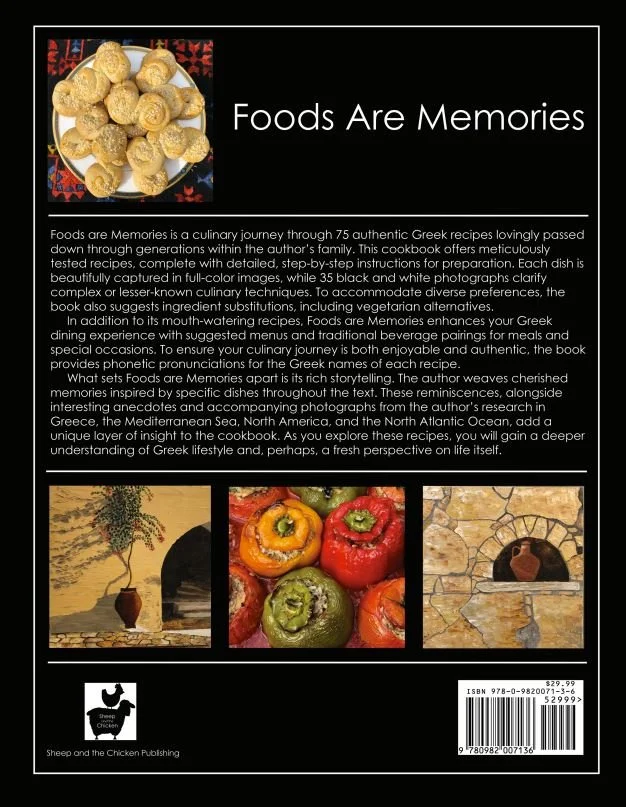My art exhibition, Seascapes of the 21st Century, composed of 21 oil paintings on the effects of plastic pollution, harmful algal blooms and climate change on oceans and seas, is now open at Science Museum of Virginia through May, 2025.
Seascapes of the 21st Century spotlights the annual influx of megatons of plastics and nutrients introduced into our oceans and seas, and the impacts of climate change, lead to significant consequences for both the environment and human health.
Flightless Forever - Brown pelican (Pelecanus occidentalis) Over a million seabirds succumb to the ingestion of plastics each year. By 2050, 99% of all seabirds will have ingested plastic. Mixed media, oil on canvas and recycled plastics. Catalogue Number: EGM-113; Oil on canvas (30x40”)©Eugene G. Maurakis Ph.D. 2019.
Plastic fragments account for up to 74% of sea turtles' diets. In 2018, the journal Nature reported that juvenile green sea turtles ingesting one piece of marine debris plastic experience a 22% chance of death; ingesting 14 pieces increases their chance of death to 50%. Catalogue Number: EGM-111; Oil on canvas (30x40”)©Eugene G. Maurakis, Ph.D. 2019.















